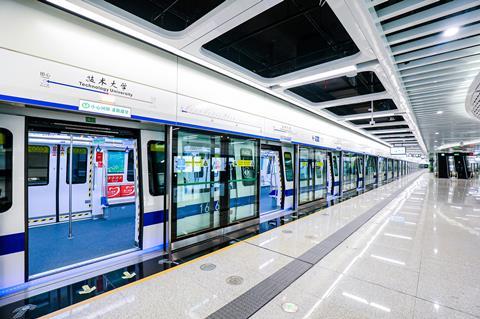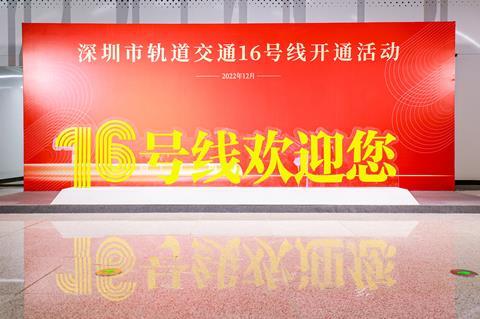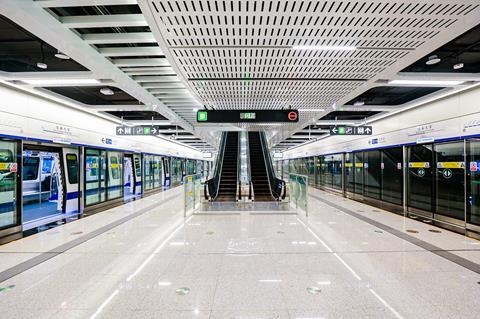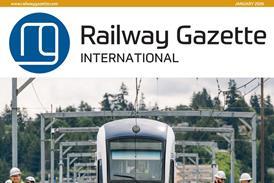
CHINA: Shenzhen metro’s fully automated Line 16 was opened for revenue service on December 28, serving Pingshan, Tianzin and Shenzhen Technical University to the east of the expanding conurbation.
Also known as the Longping Line, the 29·2 km route with 24 stations starts from an interchange with lines 3 and 14 at Universiade in the centre of Longgang, northeast of central Shenzhen. It initially loops north through Huanggekeng before meeting Line 3 again at Shuanglong. It then heads east to Tianzin, interchanging with the Shenzhen – Xiamen high speed line at Pingshan (formerly Shenzhen Dong).

Line 16 has been built by China Railway Construction Corp, and was reportedly completed in 1 814 days. According to the operator, it is the first GoA4 line in China to use only domestically developed technology. It is also the first line to run entirely outside the original Shenzhen Special Economic Zone, which was significantly expanded in 2010.
The line is operated by a fleet of 32 six-car, Type A trainsets supplied by CRRC Zhuzhou, which are equipped for driverless operation at up to 80 km/h. Services operate at a minimum headway of 5½ min in the morning and evening peaks and every 6½ min off-peak.

Two extensions of Line 16 are envisaged in the Shenzhen Urban Rail Transit Phase IV Construction Plan, which was approved by the National Development & Reform Commission in March 2020. Construction has already started on a 9·5 km western extension from Universiade to Xi-keng with eight stations, which is expected to open in September 2025. A 6 km eastern extension from Tianxin which would add another three stations has not yet been authorised.
Simultaneously with opening of Line 16, an 8·5 km rubber-tyred peoplemover line was opened to serve central Pingshan. Known as Pingshan Yunba Line 1, the elevated route runs east from the Line 16-PDL interchange at Pingshan and then turns south to terminate at BYD North. Vehicles for the peoplemover have been supplied by local bus manufacturer BYD. These can run at up to 70 km/h, climbing 8% gradients and negotiating a minimum curve radius of just 15 m.
Opening of the two lines has increased the overall length of the Shenzhen urban rail network to 559 km. The city inaugurated five metro lines or extensions during 2022, as well as the peoplemover, and anticipates that the total network will reach 650 route-km by 2025.








